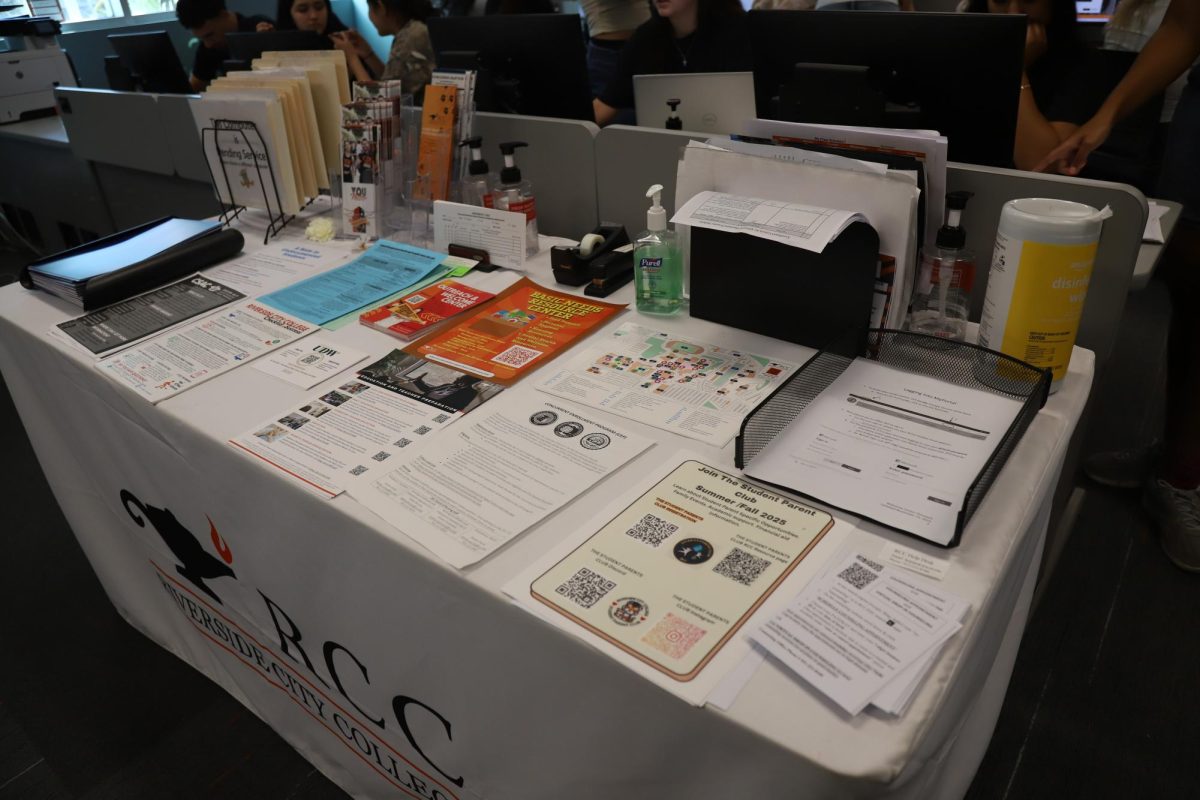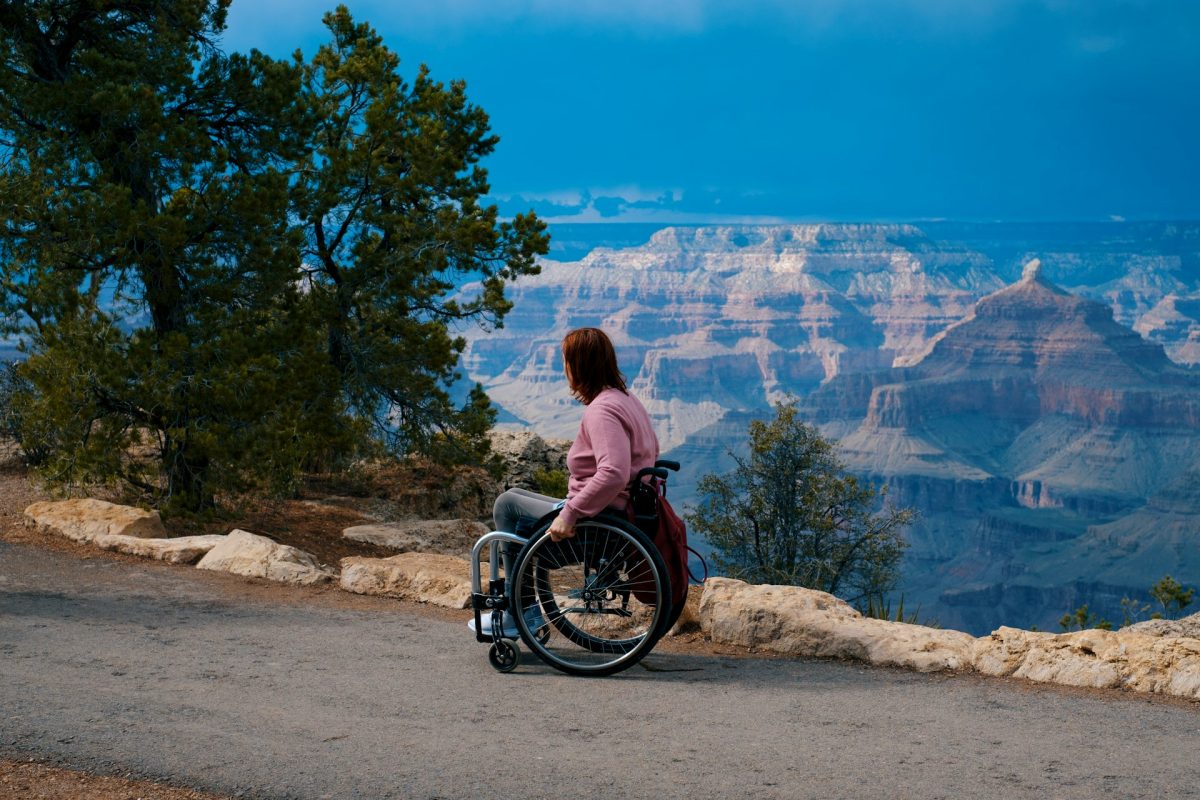
By Daesha Gear
The California gubernatorial recall of Gavin Newsom, which took place Sept. 14, ended with a whimper as the “no” votes won in a landslide at a ratio of 62.7%-37.3%.
As predictable as the entire gubernatorial recall election of Newsom was, it was a complete waste of resources, time and money.
At least $300 million was spent from Republicans to fund the recall election.
The sudden GOP demand for the governor’s recall gained momentum as a reaction to Newsom’s handling of the COVID-19 pandemic, which led to frequent shutdowns, lack of guidance to small businesses and unpredictable mask mandates, which upset some Californians who hoped for a swift return to a sense of normalcy.
However, it was the notorious French Landry birthday party that Newsom attended in November 2020 that inspired Republicans, some Democrats and Independents to obtain over 1.7 million signatures.
Those millions of signatures would give hope to conservative radio host and TV personality Larry Elder, Caitlyn Jenner and former San Diego mayor Kevin Faulconer to defeat Newsom.
However, that hope of being victorious over Newsom fell abruptly short on election night as Republicans were defeated in a landslide.
With all registered voters in consideration, 13 million Californians cast their ballots for the recall election, with seven million voting “no” to the opposing four million votes “yes” to remove Newsom.
The limited impact from Republican counties is attempting to overcome California’s overall left-leaning political ideology.
California is predominantly Democratic in most counties. The minority side of California, which led the entirety of the recall election, makes up almost the same population of all residents in Los Angeles.
With the lack of leverage, due to size, the attempt for a successful recall was less likely to occur as California is not a swing state like Arizona, Pennsylvania, Georgia or Wisconsin — those of which boosted Joe Biden to surpass 270 votes in the 2020 presidential election.
The most recent success from Republicans, in holding the governor title, was in the 2003 gubernatorial recall of Gray Davis for Arnold Schwarzenegger.
Since then, California has not seen a Republican or a celebrity as governor.
Another hurdle that Republicans faced during the recall election was that they did not benefit from mail-in ballots compared to Democrats who habitually vote by mail. Republicans primarily vote in person due to the lack of trust in election integrity.
It was similar to the 2020 presidential election, in which millions of Californians cast their ballots. According to Associated Press, “about 17.8 million ballots were cast overall, with nearly 87%, or about 15.4 million coming through the mail.”
The history with mail-in-ballots and in-person voting, which once benefited Biden, has helped Newsom retain his title as governor and has left Republicans waiting until the Nov. 8, 2022, gubernatorial election to regain position in the office.
During this time, Republicans should reflect on ways to rebuild their influence and trust in Californians because the time, resources and funds for this recall election were truly wasteful.
All of the funds could have been redirected to education, health care systems or infrastructure, things that could support Californians in the long-term.
Unfortunately, the long-term goals for Californians always seem to be the first to be neglected through short-term goals, such as the effort to recall Newsom, which accomplished absolutely nothing for Republicans as their plan, which started as a petition in 2019, failed short on election night due to the majority voting “no.”The attempt to recall Newsom is a definite reminder of how an election, that most Californians never wanted, can still occur due to the discontent of a small fraction of California’s population that has not won a gubernatorial election since 2003 or a primary election since 1988.






